Prevention of and Response to Abuse, Exploitation, Neglect and Violence against Children
CHILD PROTECTION
CHILD PROTECTION (Prevention of and Response to Abuse, Exploitation, Neglect and Violence against Children.
- ESTABLISH CHILD PROTECTION POLICIES AND TRAINING:
- Develop Clear Child Protection Policies:
- Develop Clear Child Protection Policies:
We work with schools to create policies outlining child protection standards, reporting mechanisms, and guidelines for staff and students.
- Child Protection Training for Staff:
We provide comprehensive training on child protection, helping teachers and staff recognize, respond to, and report signs of abuse, neglect, and exploitation.
- Establish Safe Reporting Channels:
We set up anonymous reporting mechanisms within schools, like suggestion boxes or designated staff members, where children feel safe to report issues.
- CREATE SAFE PHYSICAL ENVIRONMENTS:
- Ensure Safe School Infrastructure:
We collaborate with schools to assess and improve school infrastructure, ensuring classrooms, playgrounds, and facilities are secure and free from hazards.
- Supervised and Safe Spaces:
We designate safe spaces in schools where children can go if they feel threatened or uncomfortable and have staff trained to provide immediate support in these areas.
- Anti-Bullying Measures:
We implement anti-bullying programs and campaigns that promote kindness, empathy, and respect, establishing a zero-tolerance policy for bullying and harassment.
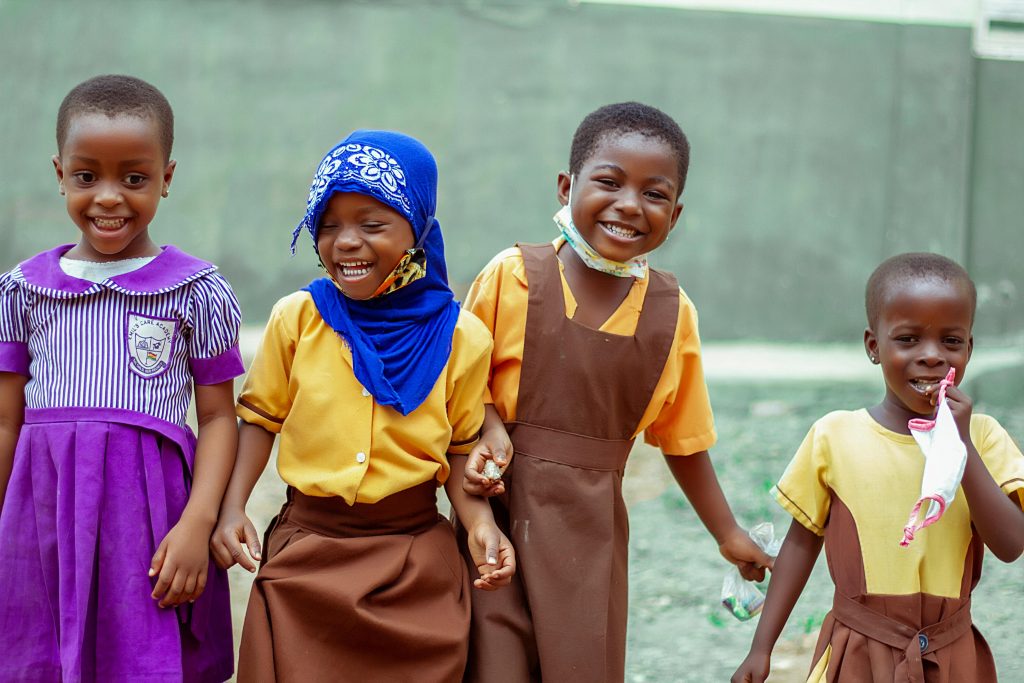
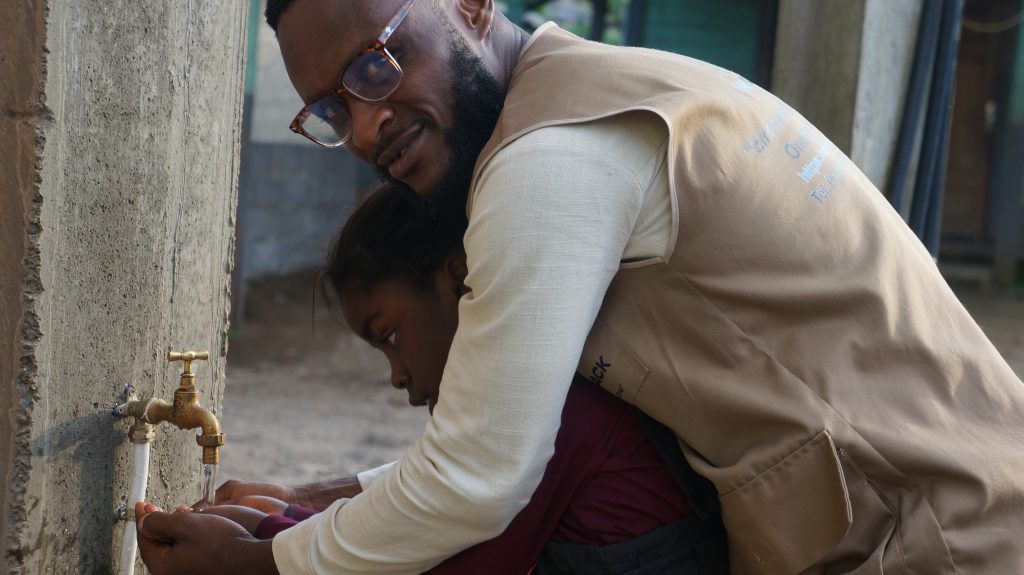
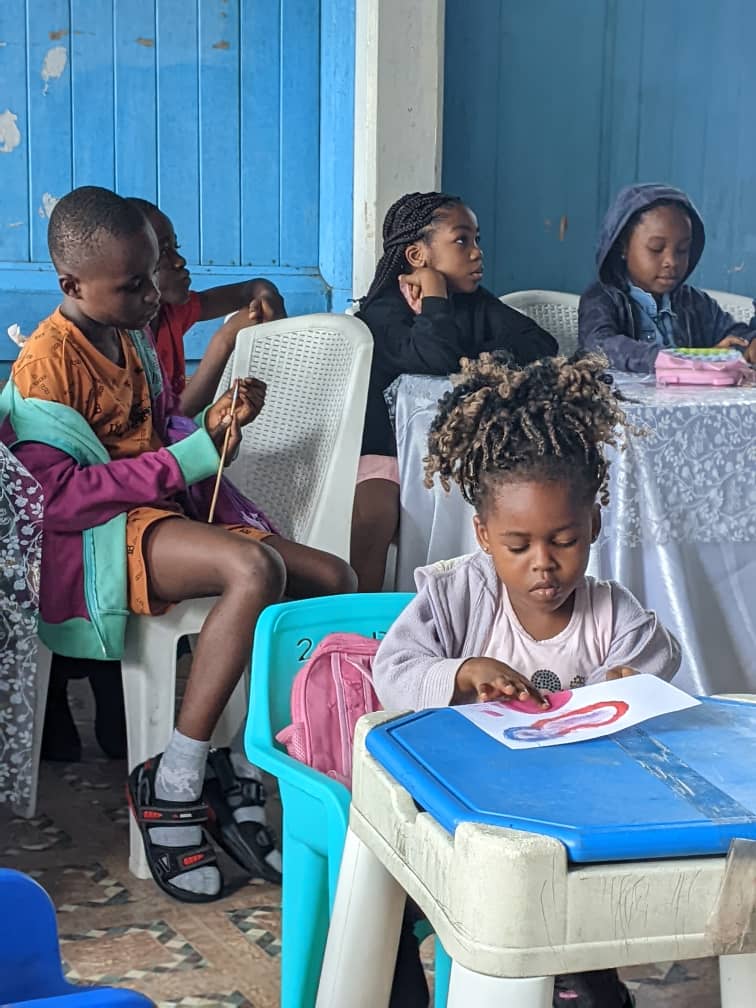

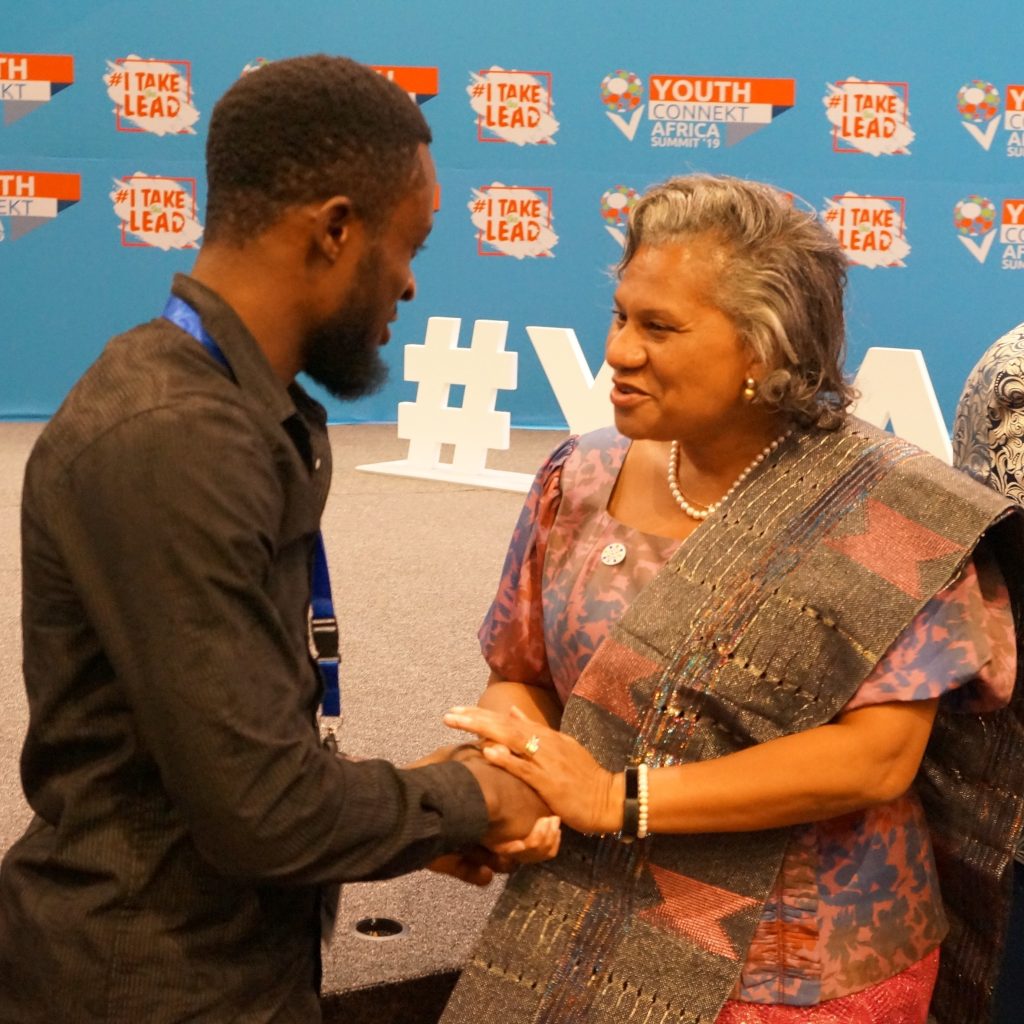
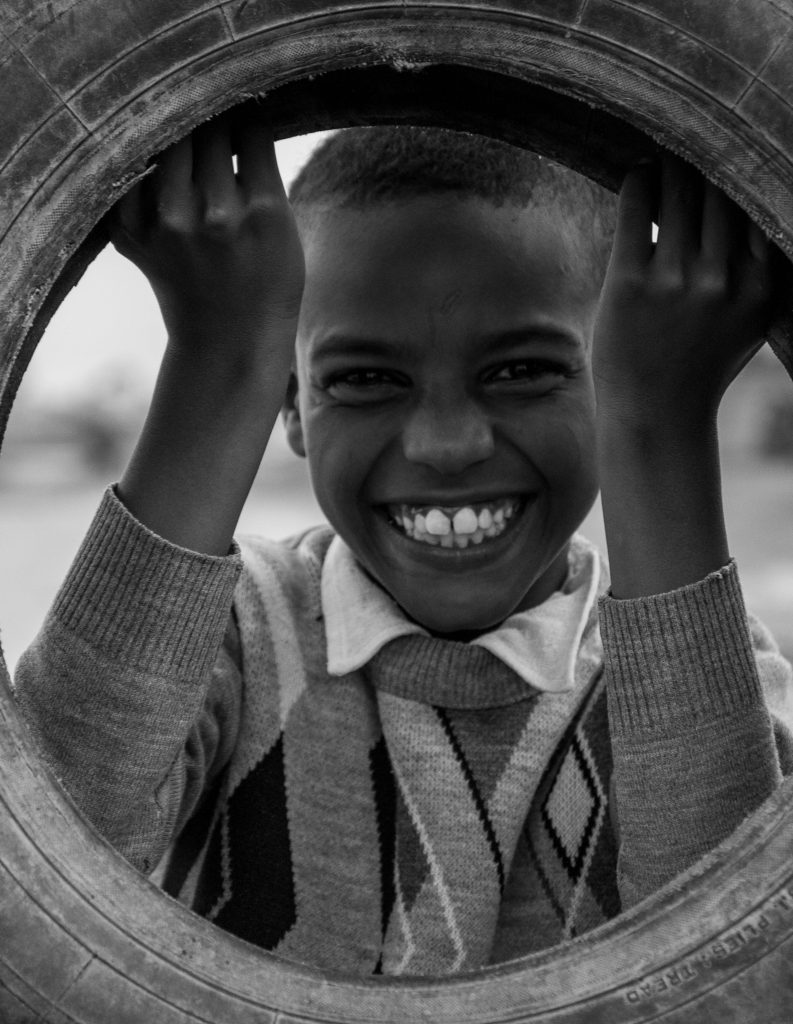
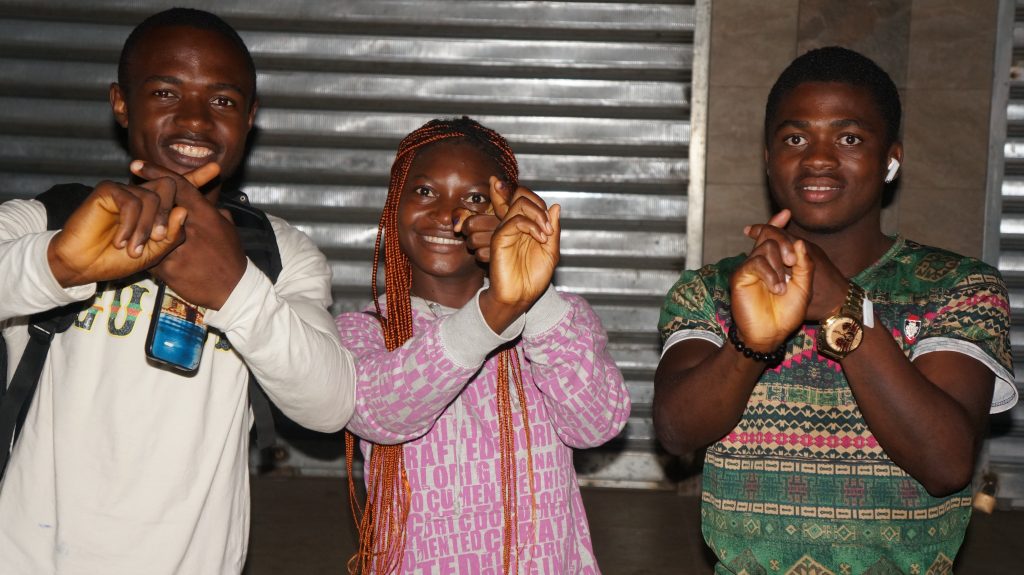
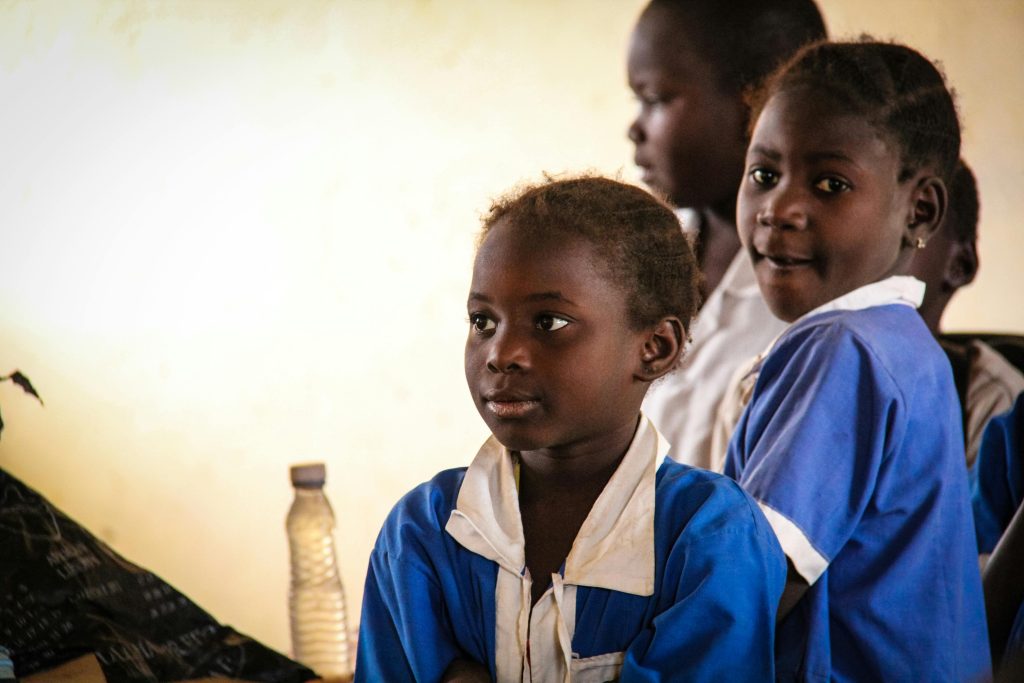
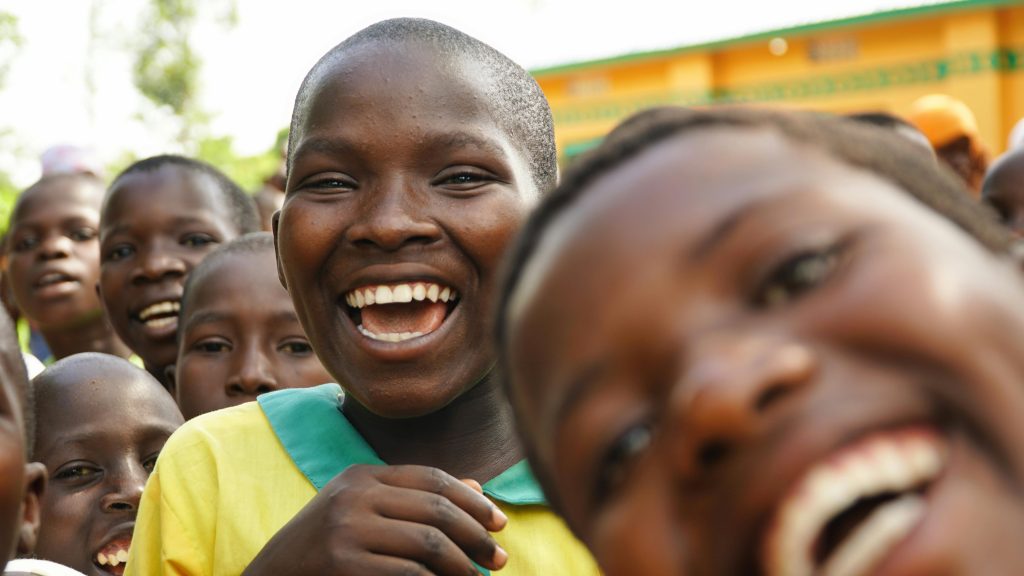
CHILD PROTECTION (Prevention of and Response to Abuse, Exploitation, Neglect and Violence against Children.
- EMPOWER STUDENTS THROUGH LIFE SKILLS AND RESILIENCE BUILDING:
- Self-Protection Workshops:
We teach students basic self-defense techniques, assertiveness, and safe ways to respond to uncomfortable or harmful situations.
- Resilience and Coping Skills:
We incorporate resilience training, teaching children how to handle stress, ask for help, and respond to challenges in a healthy manner.
- Peer Support Systems:
We establish peer counseling and buddy programs to offer emotional support and foster a sense of belonging among students.
- PROMOTE PSYCHOSOCIAL SUPPORT SERVICES:
- School Counselors and Support Staff:
Advocate for having trained counselors or social workers on-site to provide mental health support to students dealing with trauma, abuse, or stress.
- Referral Systems for Specialized Support:
We create links with local child protection agencies, healthcare providers, and mental health professionals to provide children with specialized support when needed.
- Psychosocial Support Training for Teachers:
Equip teachers with skills in providing basic psychosocial support, so they can recognize and assist students who may need help.
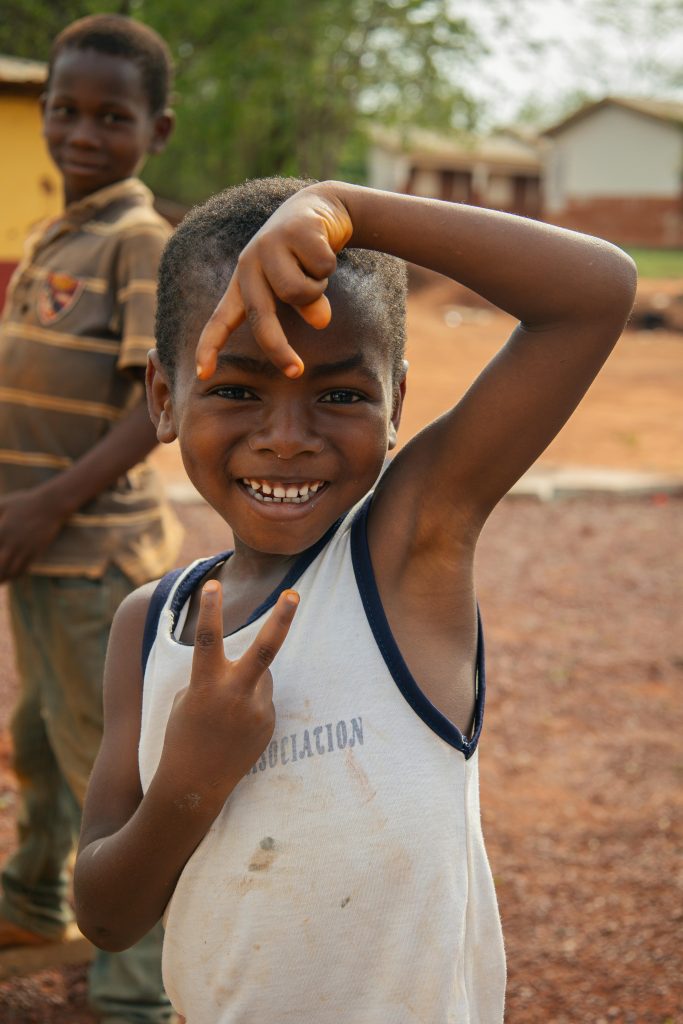
Be a reason why a child smiles and is protected.
we
- Provide Legal and Psychosocial Support: Ensure access to justice and mental health care.
- Train Child Protection Advocates: Build community networks for reporting and intervention.
- Create Safe Learning Environments: Establish Temporary Learning Spaces (TLS) and Child-Friendly Spaces (CFS).
- Engage in Policy and Advocacy: Work with authorities to implement stronger child protection measures.

